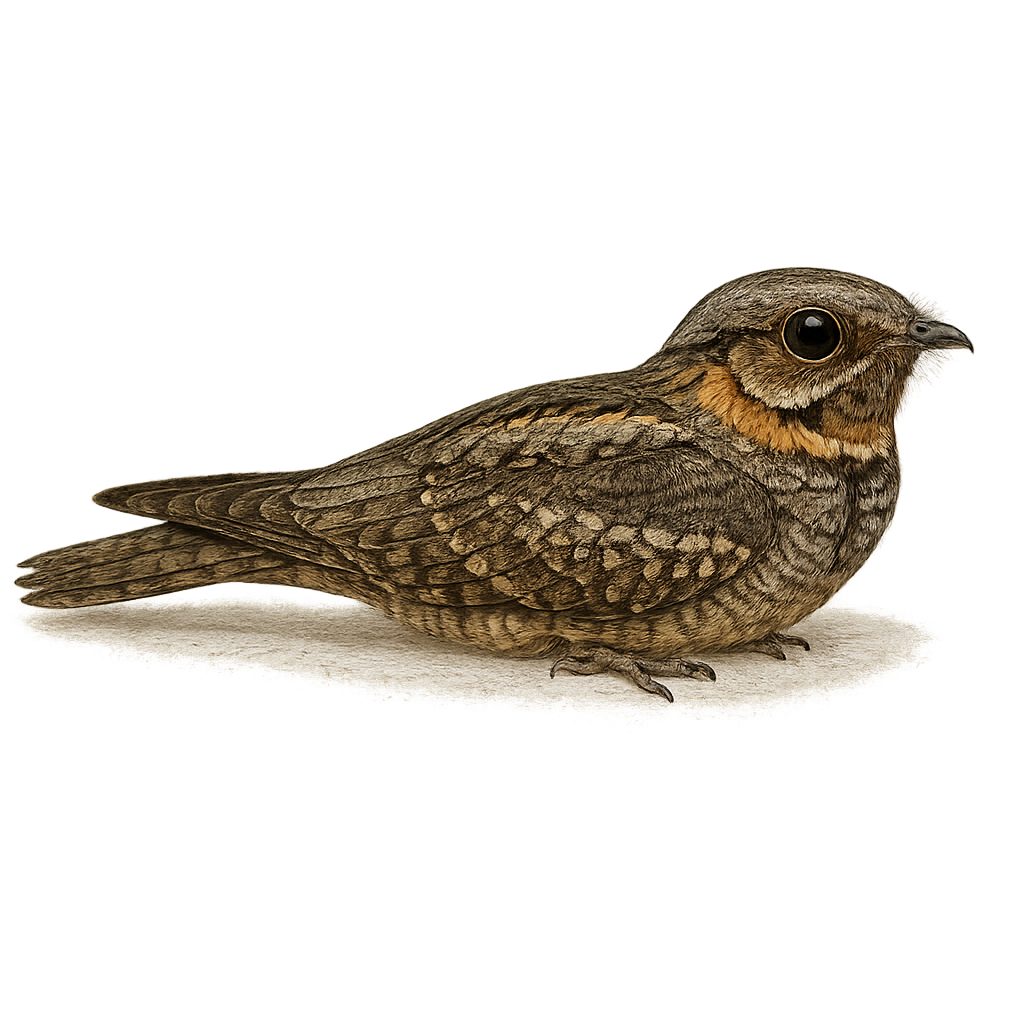Your wildlife photography guide.
Explore the red-necked nightjar in detail, study its behavior, prepare your shots.
Where to observe and photograph the red-necked nightjar in the wild
Learn where and when to spot the red-necked nightjar in the wild, how to identify the species based on distinctive features, and what natural environments it inhabits. The WildlifePhotographer app offers tailored photography tips that reflect the red-necked nightjar’s behavior, helping you capture better wildlife images. Explore the full species profile for key information including description, habitat, active periods, and approach techniques.
Red-necked Nightjar
Scientific name: Caprimulgus ruficollis

IUCN Status: Least Concern
Family: CAPRIMULGIDAE
Group: Birds
Sensitivity to human approach: Suspicious
Minimum approach distance: 10 m
Courtship display: May to June
Incubation: 18-20 jours
Hatchings: May to July
Habitat:
open woodlands, scrublands, open grasslands
Activity period :
Mainly active at night, generally discreet during the day.
Identification and description:
The Red-necked Nightjar is a fascinating nocturnal bird, primarily found in southern Europe and northern Africa. It is distinguished by its mottled brown plumage, which allows it to blend perfectly into its environment. Its rufous throat and long tail are characteristic features. This master of camouflage is often difficult to spot during the day, as it rests motionless on the ground or on low branches. It is most active at dusk and night, feeding mainly on insects caught in flight with its wide beak. Its soft, repetitive song is often heard during summer nights. Although its habitat is threatened by urbanization and intensive agriculture, it remains relatively common in some areas.
Recommended lens:
400 mm – adjust based on distance, desired framing (portrait or habitat), and approach conditions.
Photography tips:
To photograph the Red-necked Nightjar, it is advisable to use a telephoto lens of at least 400mm to capture detailed images without disturbing the bird. Patience is key, as this bird is mainly active at dusk and night. Look for open areas near woodlands where it might be hunting insects. Use a tripod to stabilize your camera in low-light conditions. Pay attention to its soft song to locate its position.
The WildlifePhotographer App is coming soon!
Be the first to explore the best nature spots, track rutting seasons, log your observations, and observe more wildlife.
Already 1 439 wildlife lovers subscribed worldwide

